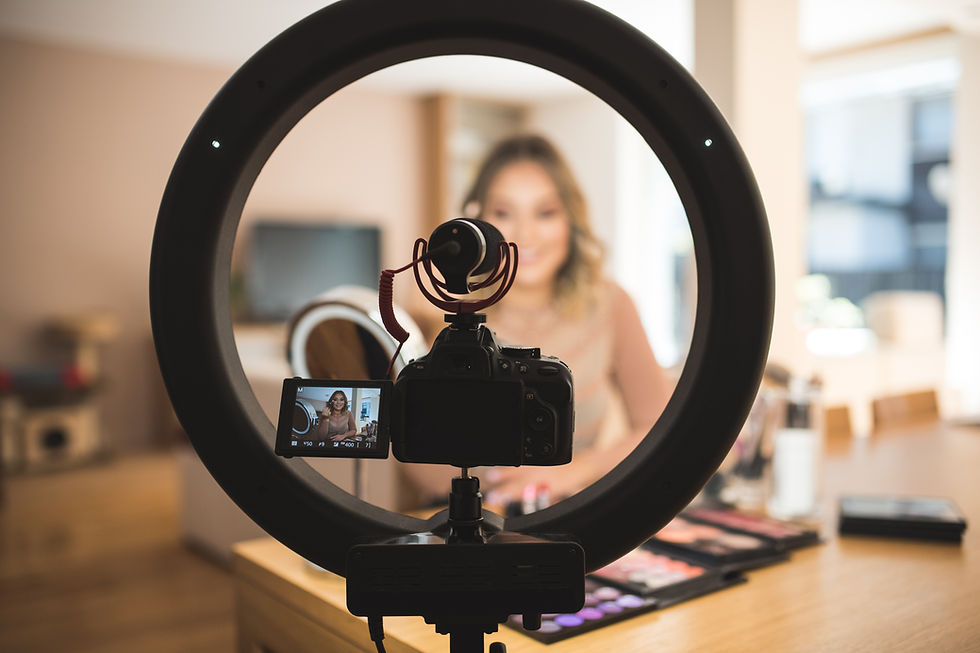Nonverbal Communication on Camera: Mastering Gestures and Facial Expressions
- Elyse Sevi

- Nov 6, 2023
- 2 min read
Nonverbal communication plays a crucial role in on-camera presentations and can significantly impact the way your message is perceived by your audience. Whether you're giving a presentation, participating in a video conference, or creating content for an online audience, mastering gestures and facial expressions is key to effective communication.

In this blog post, we'll explore the nuances of nonverbal communication and provide practical tips to help you improve your on-camera presence.
The Importance of Nonverbal Communication
First Impressions: Your body language and facial expressions are often the first things your viewers notice. They can influence how you're perceived, and whether you come across as confident, approachable, or engaging.
Reinforcing Your Message: Nonverbal cues can reinforce your spoken words, making your message more persuasive and memorable. Conversely, mixed signals between your words and nonverbal cues can lead to confusion.
Mastering Gestures
Open vs. Closed Gestures: Explore the impact of open and closed gestures on your perceived level of openness, friendliness, and trustworthiness. Learn how to use open gestures to create a welcoming atmosphere.
Gestures and Emphasis: Discover how strategic gestures can emphasize key points in your speech. Avoid overusing them, as excessive gesturing can be distracting.
Adapt to Your Audience: Understand that different cultures have varying interpretations of gestures. Be mindful of cultural norms, especially in international on-camera communication.
Facial Expressions
The Power of Facial Expressions: Delve into how facial expressions can convey emotions and sincerity. Practice maintaining eye contact with the camera to establish a connection with your audience.
Micro-expressions: Learn to recognize and control micro-expressions – subtle, involuntary facial expressions that can betray your true emotions. Controlling micro-expressions can be particularly important in sensitive or high-stakes situations.
Smiling and Authenticity: Explore the impact of genuine smiles versus forced smiles. A sincere smile can help build trust with your audience, while a fake smile may come across as insincere.
Body Language
Posture and Confidence: Understand the connection between your posture and your perceived confidence. Learn how to sit or stand with an upright, open posture to convey self-assuredness.
Eye Contact: Explore the art of maintaining eye contact with the camera or your audience. Eye contact on camera can create a sense of engagement and connection.
Nervous Habits: Identify and address nervous habits, such as fidgeting, pacing, or touching your face. These habits can be distracting and detract from your message.
Practice and Feedback
Improving your nonverbal communication on camera requires practice and self-awareness. Consider recording yourself to review your gestures, facial expressions, and body language. Seek feedback from peers or coaches to gain insights into areas that may need improvement.
By mastering gestures and facial expressions, you can enhance your on-camera presence and ensure that your message is not only heard but also felt by your audience. Effective nonverbal communication will help you build trust, engage your viewers, and convey your message with impact.






Comments